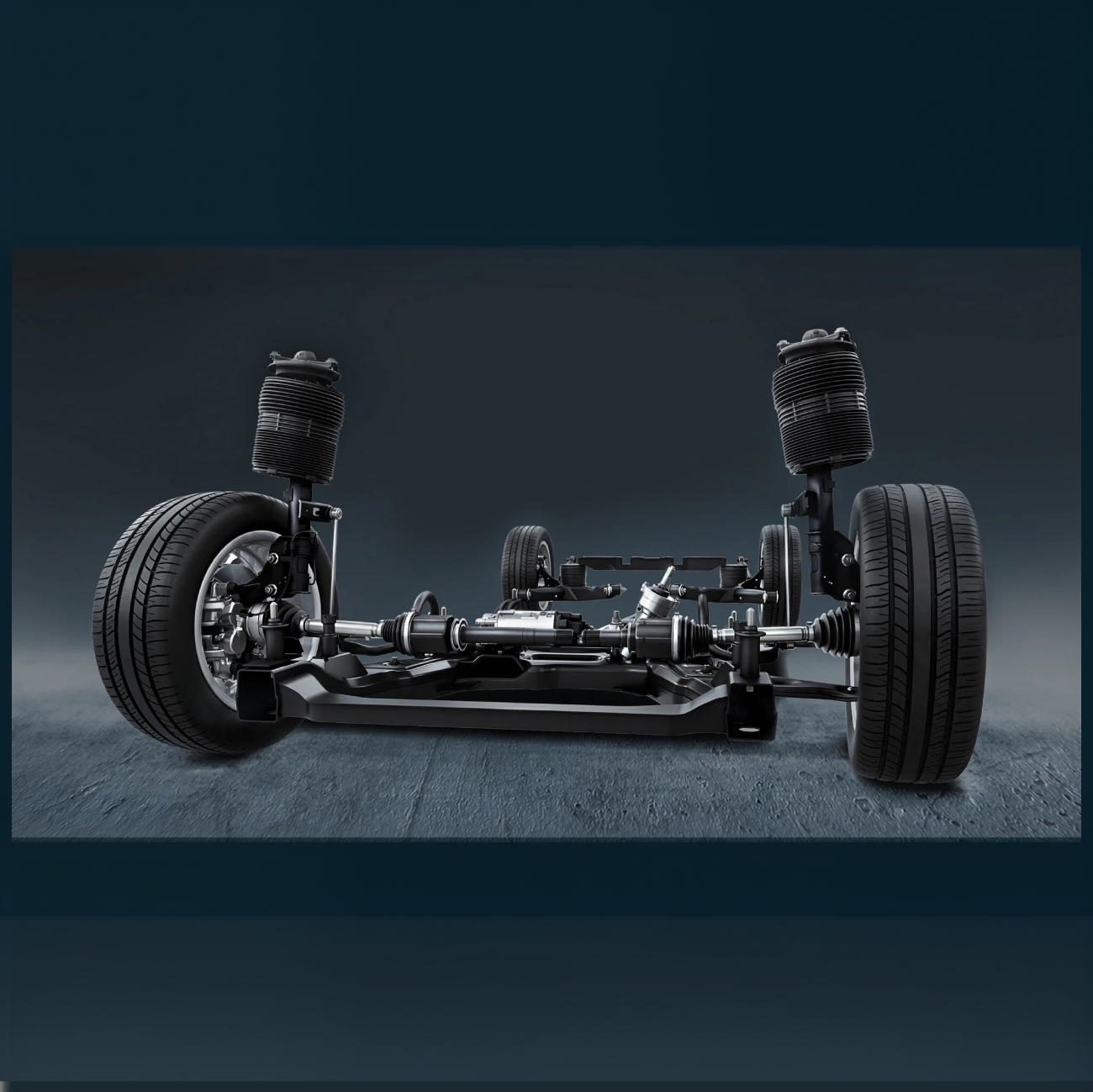How to Identify a Damaged Car Control Arm
The control arm, also known as the wishbone or A-arm, is a crucial component of your car's suspension system. It connects the wheel to the vehicle’s frame and helps maintain proper wheel alignment and stability. If the control arm becomes damaged, it can affect the vehicle's handling, safety, and ride quality. Therefore, it is essential to identify any potential issues early. Below are common signs that may indicate a damaged control arm.
- Listen for Unusual Noises
When a control arm is damaged, it often produces unusual sounds. Common noises include:
- Clunking or knocking sounds: These may occur when driving over uneven surfaces or turning, which could indicate wear or damage to the control arm ball joints or mounting points.
- Squeaking sounds: If the control arm bushings are worn or lack lubrication, they can produce a squeaky noise, especially when turning or driving on rough roads.
If you hear these noises, especially when turning or on bumpy roads, it’s a good idea to check the control arm's condition.
- Steering Wheel Vibration or Pulling
The control arm plays a critical role in maintaining proper wheel alignment. If the control arm is damaged, it can lead to poor vehicle handling. You may experience:
- Steering wheel vibration: If the control arm or related suspension components are damaged, you might feel vibration in the steering wheel, especially at higher speeds or while turning.
- Steering wheel pulling: A damaged control arm can cause improper wheel alignment, resulting in the steering wheel pulling to one side.
If you experience these issues, it’s recommended to inspect the control arm as soon as possible.
- Misalignment of the Wheels
A damaged control arm can cause misalignment of the wheels, which may be noticeable through:
- Camber issues: The wheel may tilt inwards or outwards, causing the vehicle to drive unevenly.
- Uneven tire wear: If the control arm is loose or its bushings are damaged, it can lead to improper wheel alignment, causing uneven tire wear, often more noticeable on one side of the tire.
Check the condition of your tires regularly. Uneven wear, especially on the inner or outer edges, is a sign that the control arm might be damaged.
- Decline in Vehicle Stability
When the control arm is damaged, the overall stability of the suspension system suffers. You may notice:
- Pulling when braking: A damaged control arm can cause the wheel to misalign, which may cause the car to pull to one side during braking.
- Instability while cornering: A faulty control arm can make the car feel unstable, especially while turning, and may lead to issues such as tailing out or loss of control.
If your car feels unstable when braking or turning, it could indicate a control arm issue.
- Visual Inspection
Sometimes, you can detect a damaged control arm through a simple visual inspection. Look for the following:
-
Loose or damaged ball joints: Check the control arm’s ball joints for signs of wear or cracking.

-
Worn or cracked bushings: The bushings on the control arm can deteriorate over time, causing them to harden, crack, or break.

- Hydraulic fluid leaks: If your vehicle has hydraulic components in the suspension (such as in a hydraulic control arm), check for any signs of fluid leaks.
If you notice any of these issues, the control arm may need to be replaced or repaired.
- Professional Inspection
If you're unsure about the condition of your control arm or if the above signs aren’t conclusive, it's always best to take your car to a professional mechanic. Technicians can use specialized tools to accurately diagnose suspension issues, including a damaged control arm.
Conclusion
The control arm is an essential part of your car’s suspension system, and damage to it can significantly affect the vehicle's performance and safety. By paying attention to symptoms such as unusual noises, steering wheel vibrations, misaligned wheels, and poor handling, you can detect potential issues early. If you notice any of these signs, it's important to have your control arm and suspension system checked promptly to prevent further damage and ensure your safety on the road.
I hope this helps! Let me know if you need any further adjustments or additions.



Leave a comment
This site is protected by hCaptcha and the hCaptcha Privacy Policy and Terms of Service apply.